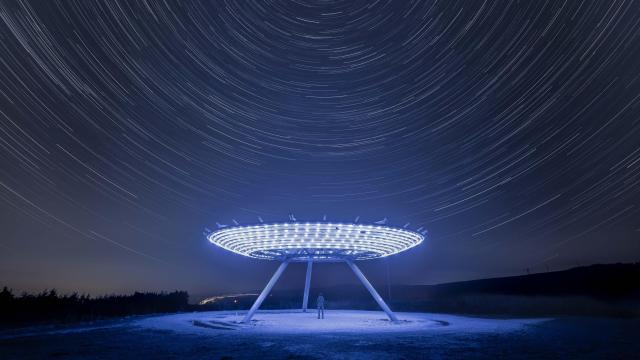The Royal Observatory Greenwich in the UK announced the winners of its annual Astronomy Photographer of the Year competition last week, and the final group of photographers doesn’t disappoint. From phantasmal swirls of gas and dust to stupendous shots of our luminous Moon—and other moons, too—the images offer a sweeping looks at some of the amazing aspects of our universe.
It’s time to behold the universe, in all its dizzying glory.
“Once again, entrants to the Astronomy Photographer of the Year competition have conspired to make things difficult for the judges, with a flood of high-quality images covering an amazing range of targets,” said Ed Bloomer, an astronomer at the Royal Observatory Greenwich, in an observatory release. “It has led to some intense debate amongst the judges as we try to choose the very best of the best, but we don’t mind!”
So what are you waiting for? Dive into the wonders of the universe.
“The Running Chicken Nebula”
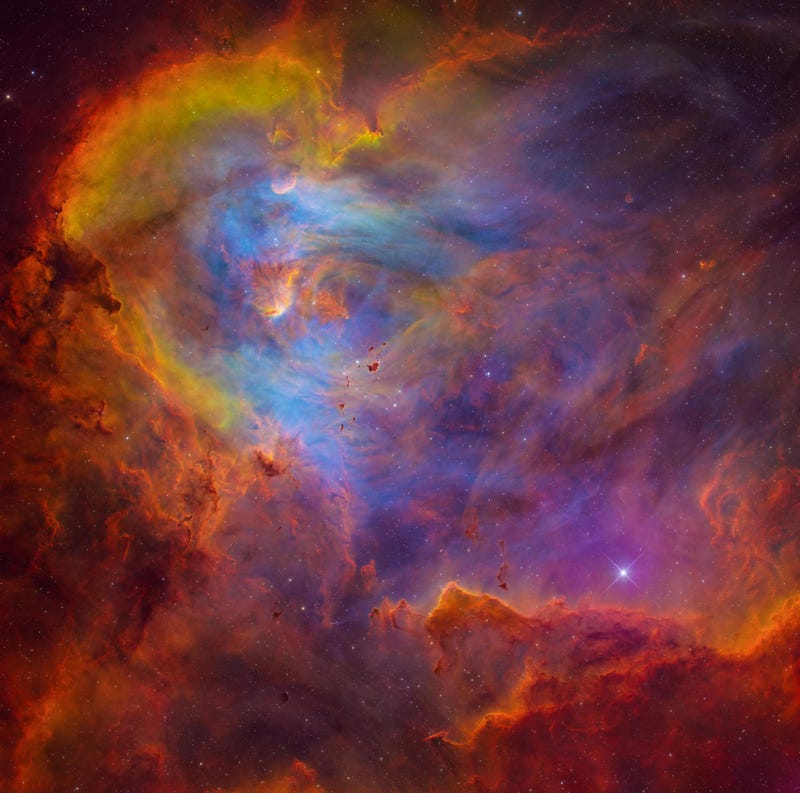
In this image, the Running Chicken Nebula, or IC2944, bursts with colors and won the photo competition’s Young category.
“Roses Blooming in the Dark: NGC 2337”

The Rosette Nebula (NGC 2337) is seen in this highly commended image, taken through a telescope in Changzhou City, China. The nebula is about 130 light-years across and about 5,000 light-years away.
“Moon at Nightfall”
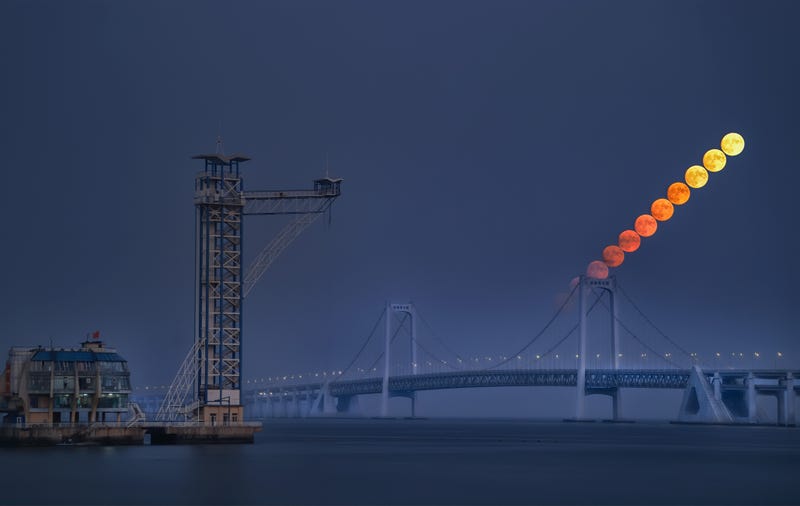
The Moon’s rise over Dalian, China, was a highly commended image in the Young category. The Moon changes color over the course of its transit, from a deep rusty red to a luminous whitish-yellow.
“Lunar Occultation of Mars”
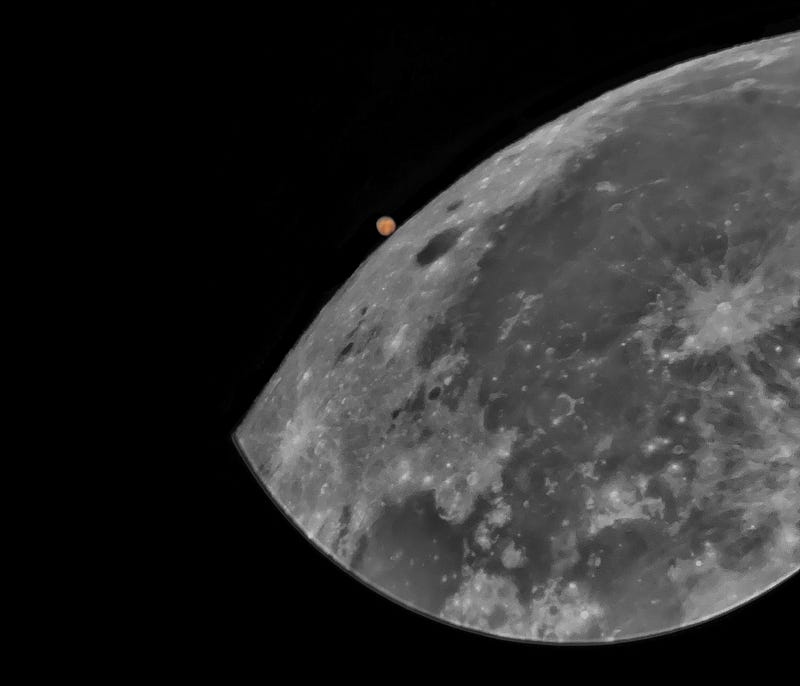
Mars, the fourth planet from the Sun, is a blotch of red beyond the edge of the Moon in this highly commended shot in the Young category.
“Blue Spirit Drifting in the Clouds”
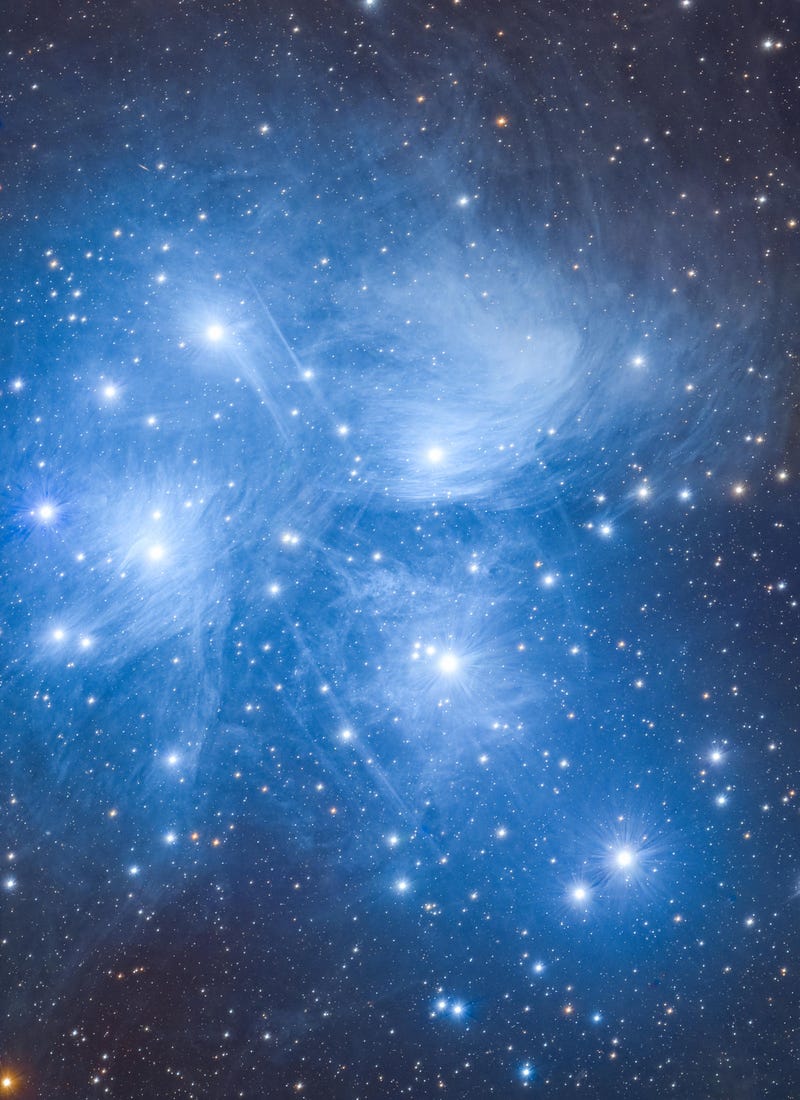
The Pleiades vibrantly shine in this image, the runner-up in the Young category. Also known as the Seven Sisters, the Pleiades is a prominent cluster of bright, blue stars located in the constellation Taurus and is visible from Earth with the unaided eye.
“The Dark Wolf — Fenrir”
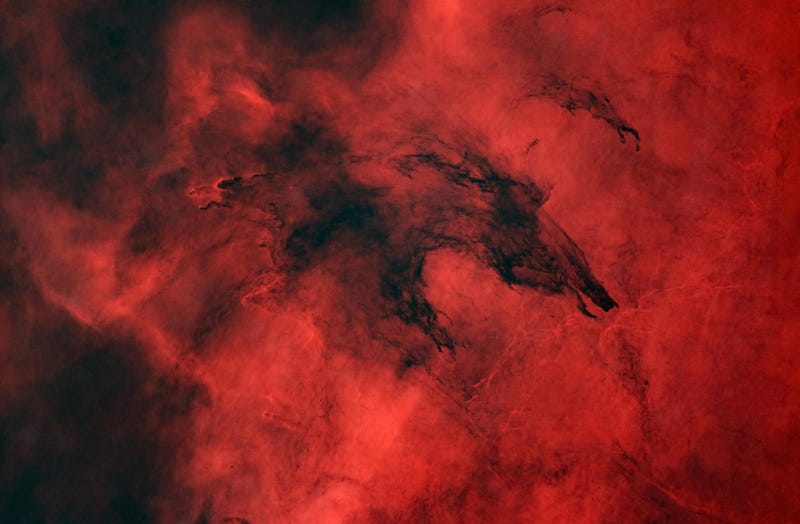
A molecular cloud in the shape of a wolf, hence its nickname: the Wolf Nebula, or the Fenrir Nebula.
“New Class of Galactic Nebulae Around the Star YY Hya”
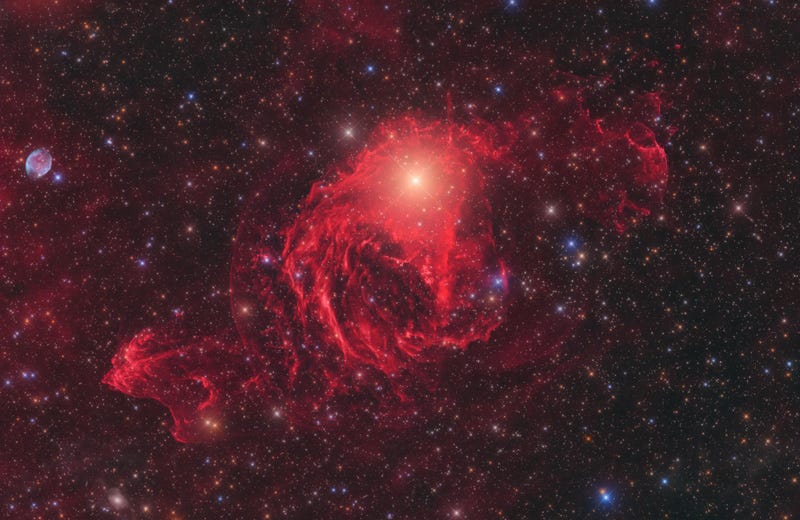
This image, showcasing a galactic nebula from over 100 nights of observation totaling more than 360 hours of exposure, won the Stars & Nebulae category.
“LDN 1448 et al.”
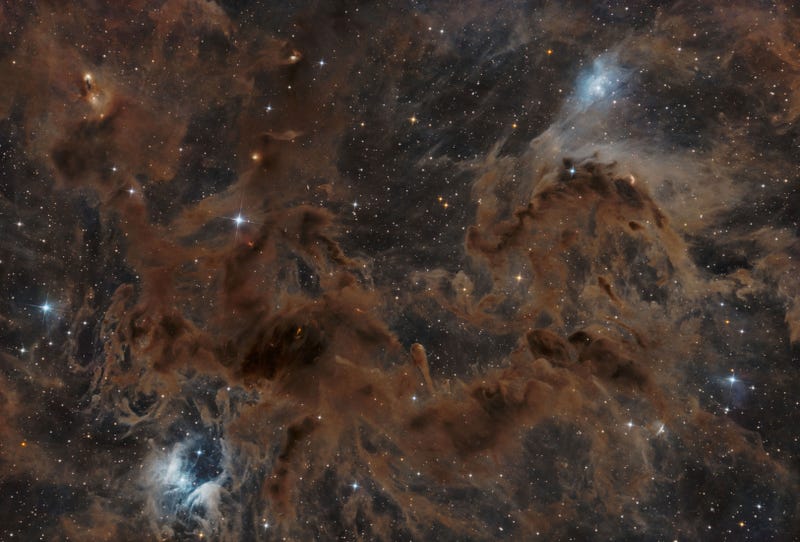
A view of LDN 1448, a molecular cloud crammed with dust, seen in the runner-up image in the Stars & Nebulae category. A molecular cloud is a cold, dense region of space filled with molecular gas, primarily hydrogen, where new stars are often born.
“Noctilucent Night”
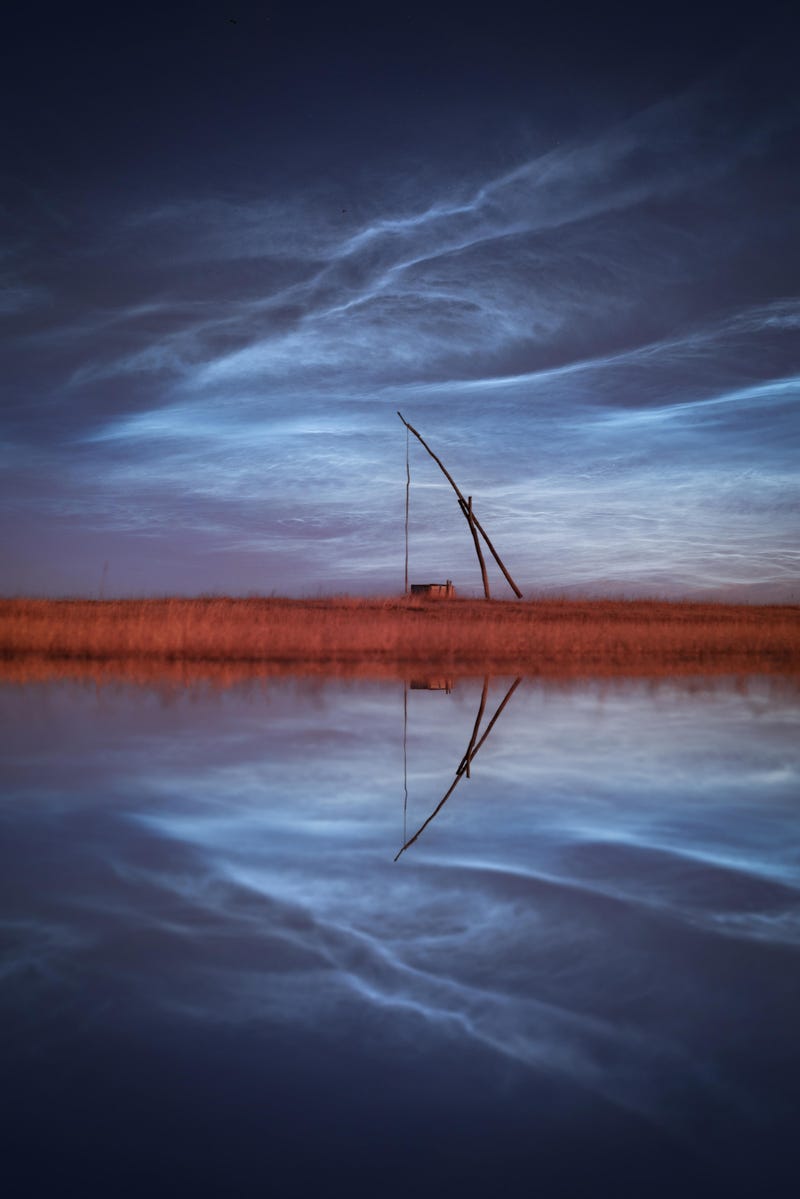
This image was highly commended in the Skyscapes category. It shows noctilucent clouds, reflected on a Hungarian pond.
“Grand Cosmic Fireworks”
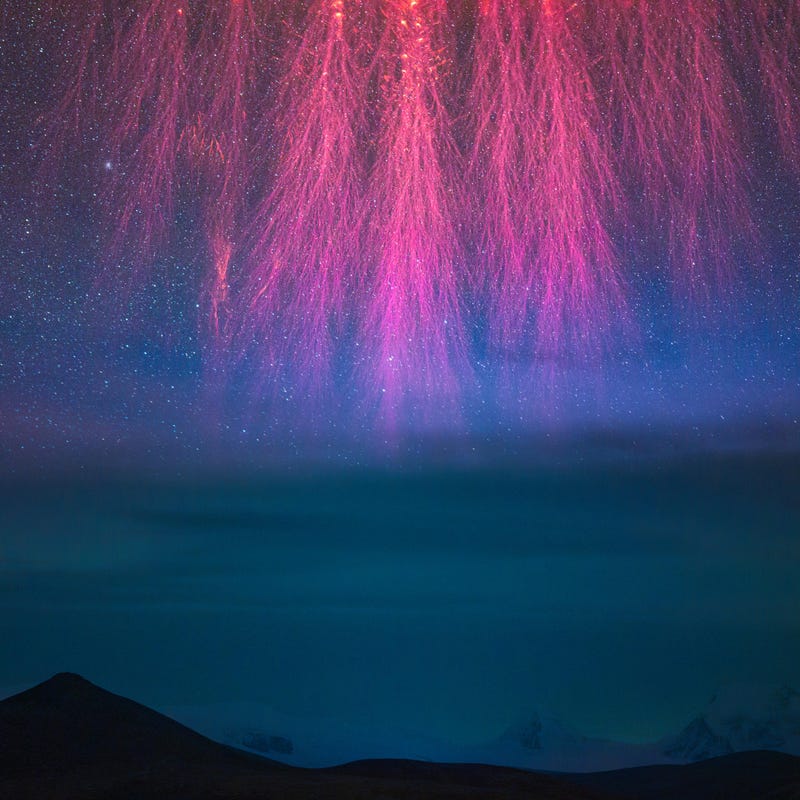
The winner of the Skyscapes category was this shot of large sprites reaching towards the snow-capped Himalayan mountains. Sprites are large-scale electrical discharges that occur high above thunderstorm clouds, often appearing as reddish-orange luminous flashes. Unlike regular lightning, they are cold plasma phenomena extending vertically into the Earth’s ionosphere.
“Celestial Equator Above First World War Trench Memorial”

Stars above a First World War memorial in France took the runner-up place in the People & Space category.
“Zeila”
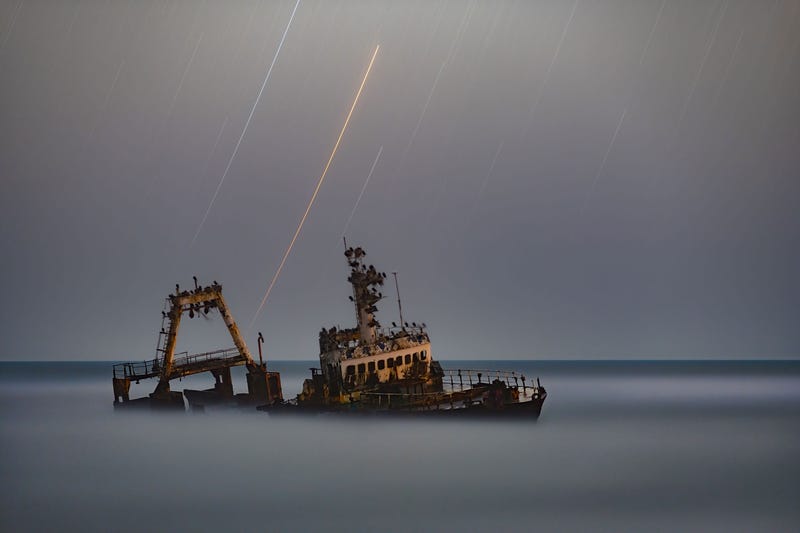
The winner of the People & Space category is this shot of a stranded vessel named Zeila, with the trails of several stars in the sky behind it.
“Close Encounters of The Haslingden Kind”
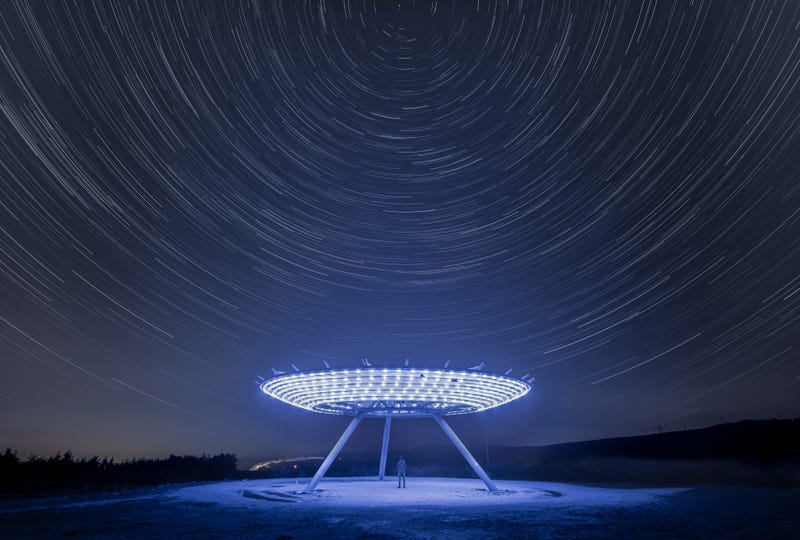
A mosaic of some 150 images taken at 25-second exposures show the apparent rotation of stars around Polaris—the North Star—above a sculpture in Lancashire.
“A Visit to Tycho”
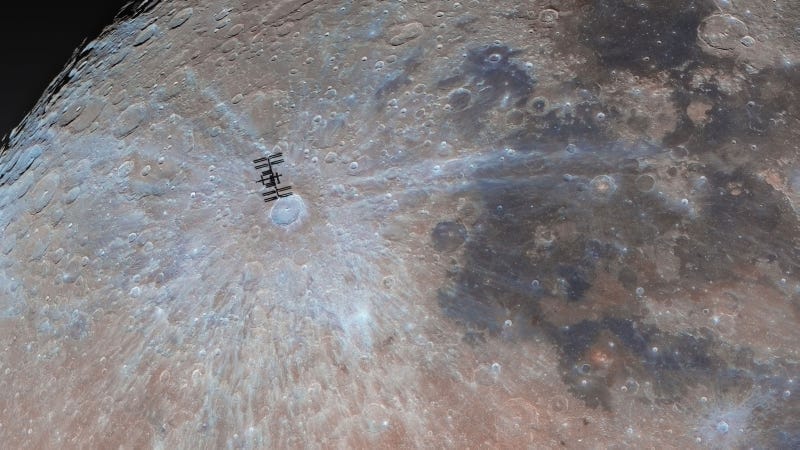
The silhouette of the International Space Station is seen here with the Moon’s Tycho Crater just below it. Of course, the ISS is in low Earth orbit, but you wouldn’t know it from this striking image.
“Uranus with Umbriel, Ariel, Miranda, Oberon and Titania”
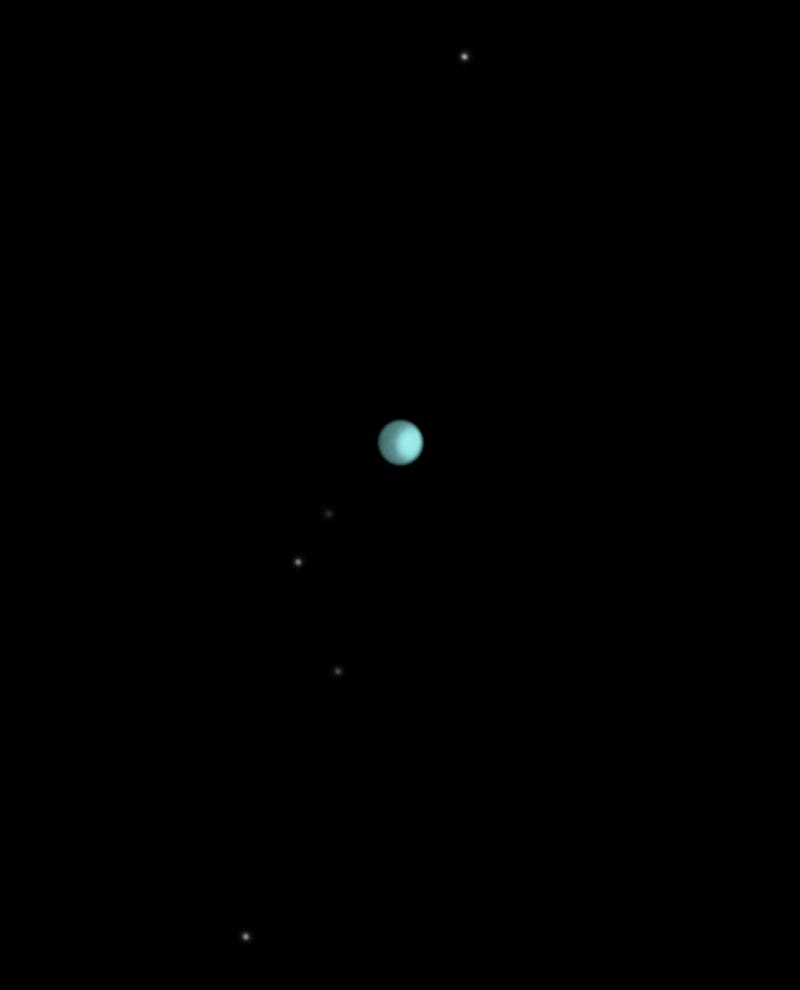
A highly commended image showing the planet Uranus (the bright light-blue spot) surrounded by five of its moons. From top to bottom the shot depicts Titania, Miranda, Ariel, Umbriel and Oberon.
“Suspended in a Sunbeam”
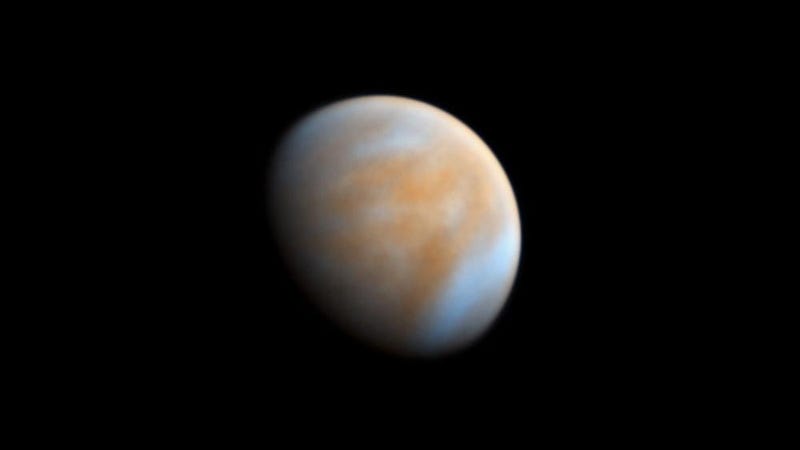
The winner in the Planets, Comets & Asteroids category is this shot of Venus seen in infrared, or ultraviolet false color.
“Jupiter Close to Opposition”
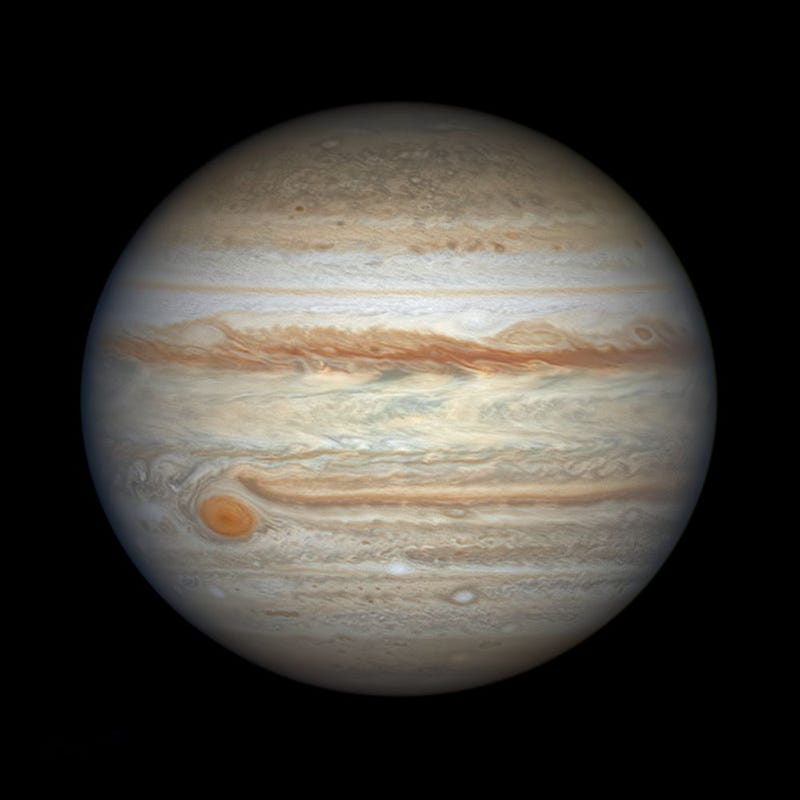
The runner-up in the Planets, Comets & Asteroids category is this stunning view of Jupiter.
“The Great Solar Flare”
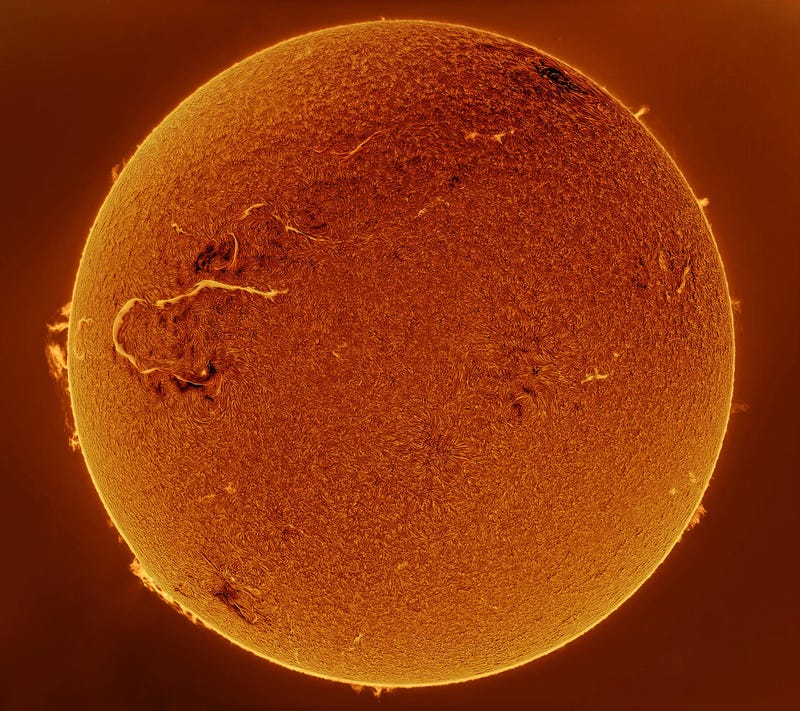
A highly commended image in the Our Sun category is this shot, which features a massive solar flare on the Sun’s left-hand side. The flare is about 435,000 miles long (700,000 kilometers).
“Dark Star”
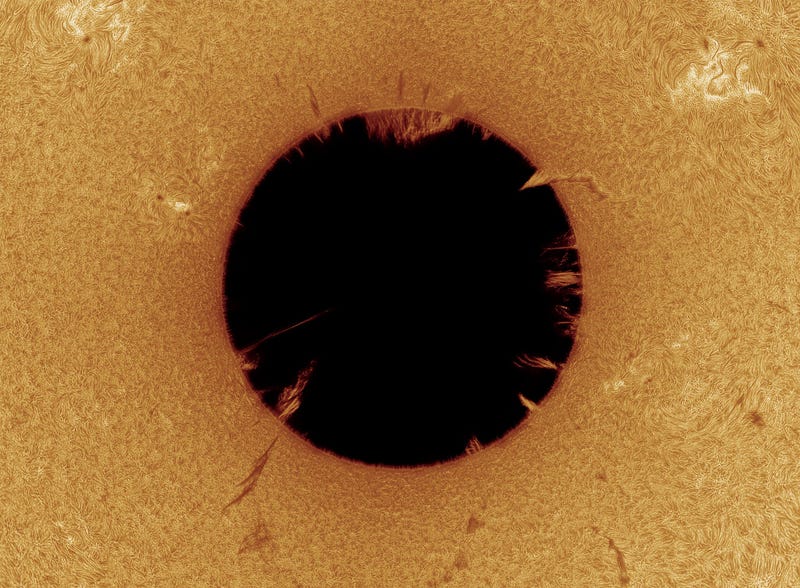
The Sun appears dark with a fiery surrounding due to the image being inverted onto polar coordinates. This unique representation earned the shot a runner-up position in the Our Sun category.
“A Sun Question”

The winner in the Our Sun category is this shot of a filament on the Sun’s surface reminiscent of a question mark.
“Last Full Moon of the Year Featuring a Colourful Corona During a Close Encounter with Mars”
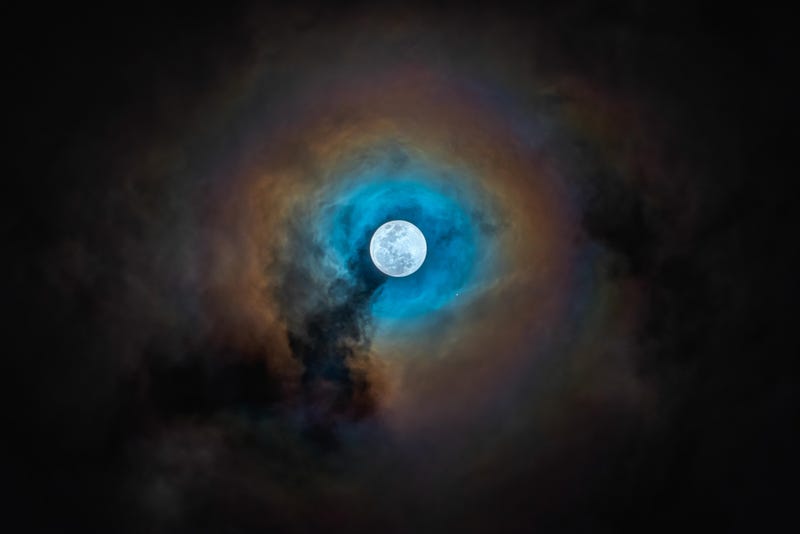
This winning images shows the last full Moon of 2022, with a lunar corona caused by the moonlight’s diffraction in Earth’s atmosphere.
“Sundown on the Terminator”
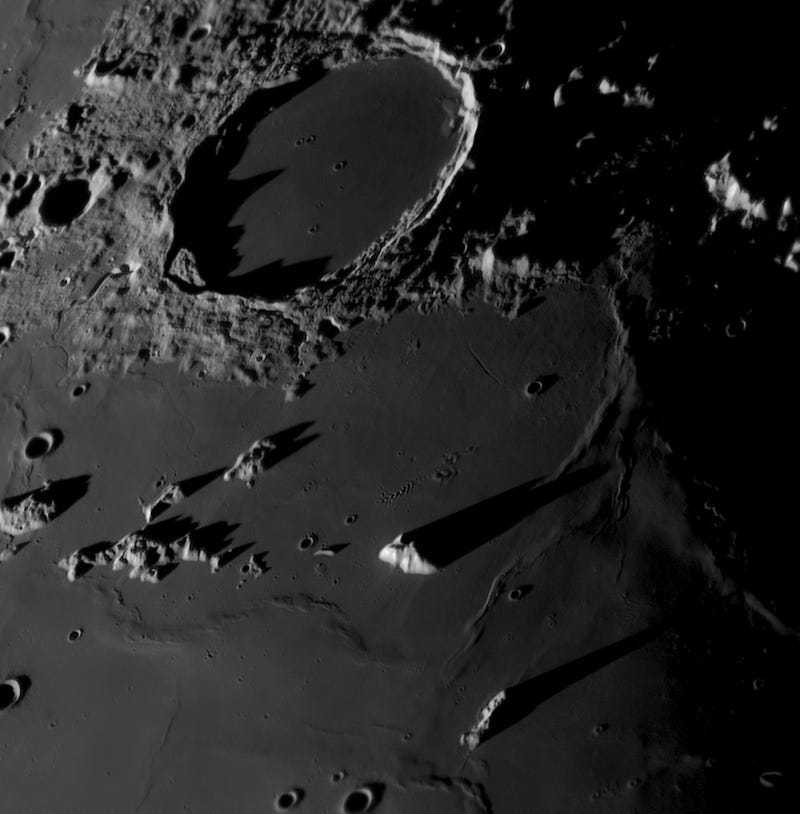
The runner-up image in the Our Moon category was this shot of the 68-mile-wide (109 km-wide) Plato Crater.
“Mars-Set”

In this image taken from Cibolo, Texas on December 8, 2022, Mars resembles a shy child during an occultation and won the Our Moon category of the competition.
“The Eyes Galaxies”
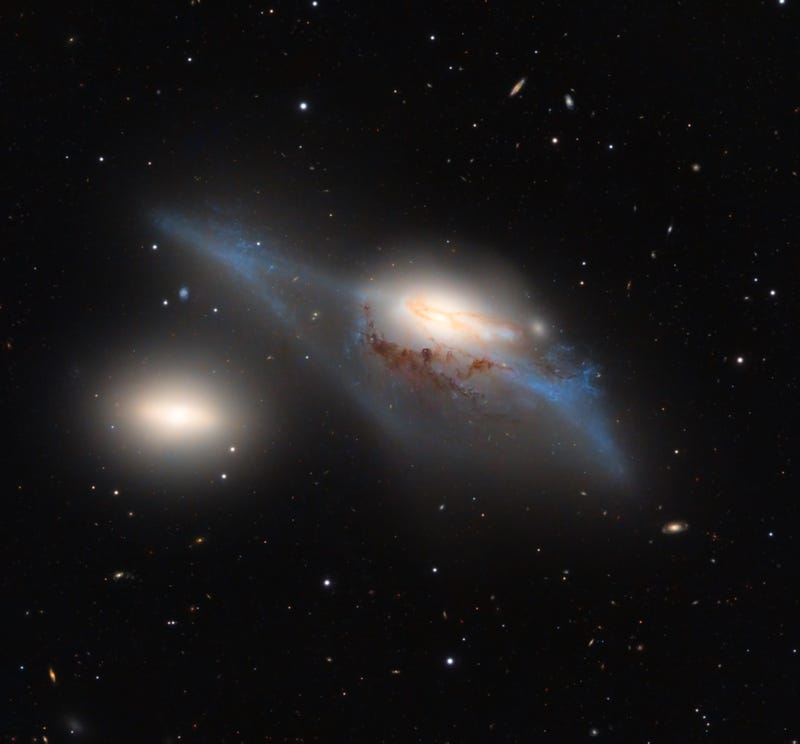
Captured with 30 hours of total exposure, the interacting structures of the two galaxies known as The Eyes in the Virgo Cluster earned this image the runner-up spot in the Galaxies category.
“Neighbours”
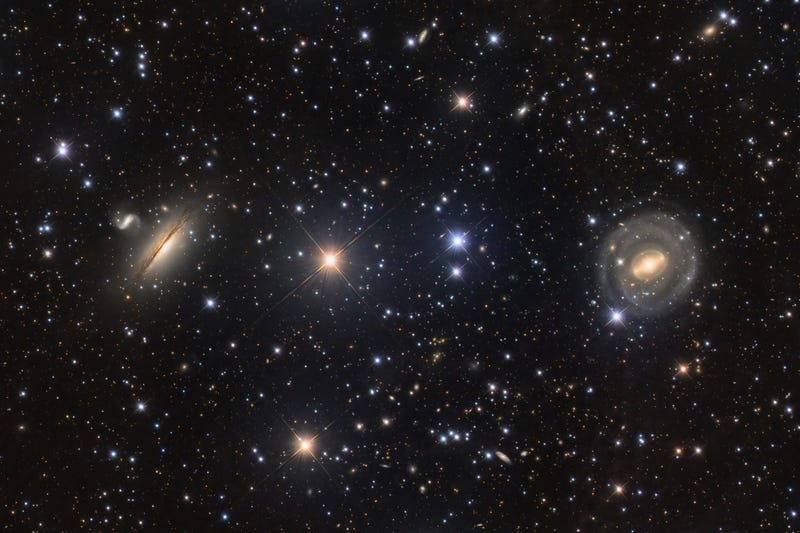
This highly commended image in the Galaxies category shows the galaxies NGC 5078, IC879, and NGC 5101. The galaxies almost appear to be lined up for the shot.
“Andromeda, Unexpected”
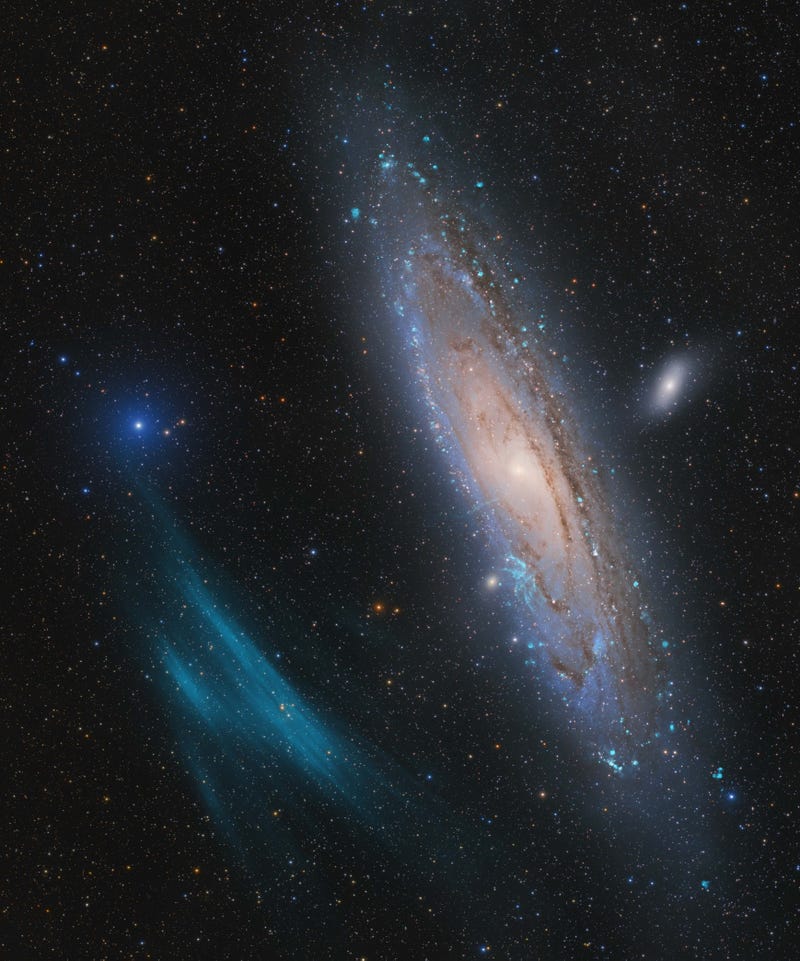
The competition’s overall winner is this shot of the Andromeda Galaxy, with a large plasma arc next to it. The plasma arc was not discovered before, but showed up in this image, made from 111 hours of total exposure.
“Blinded By the Light”
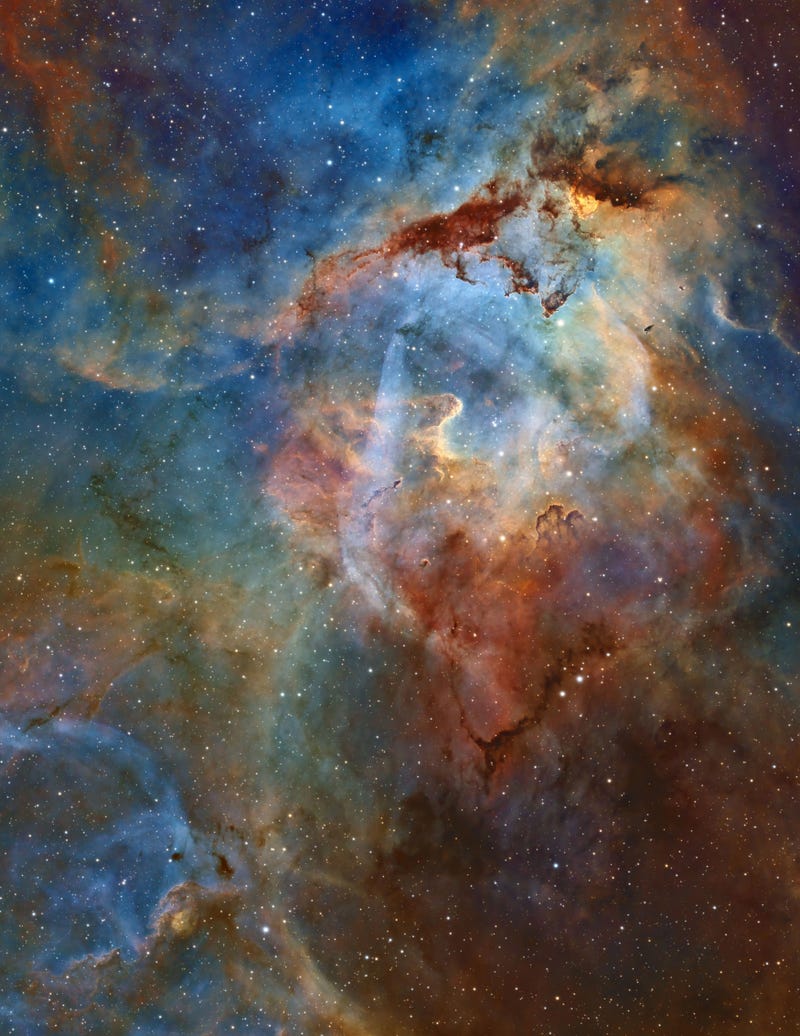
This shot of Sh2-132 won the competition’s Sir Patrick Moore Prize for Best Newcomer. Dust and stars swirl together in this part of the sky, in an image that contains about 70 hours of data.
“Fire on the Horizon”
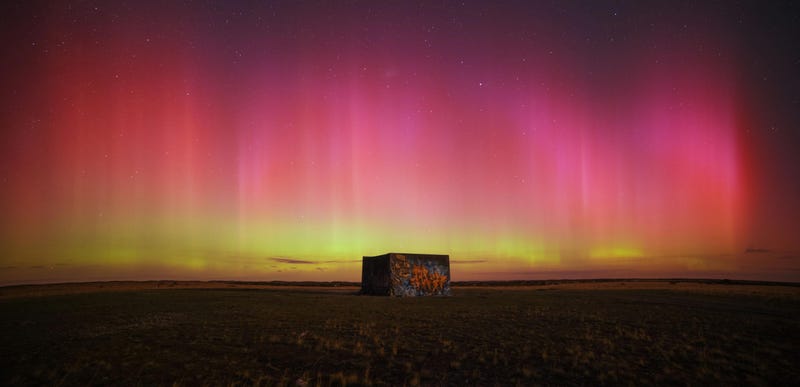
A highly commended image in the Aurorae category was this shot of the aurora glowing bright pink and yellow.
“Circle of Light”
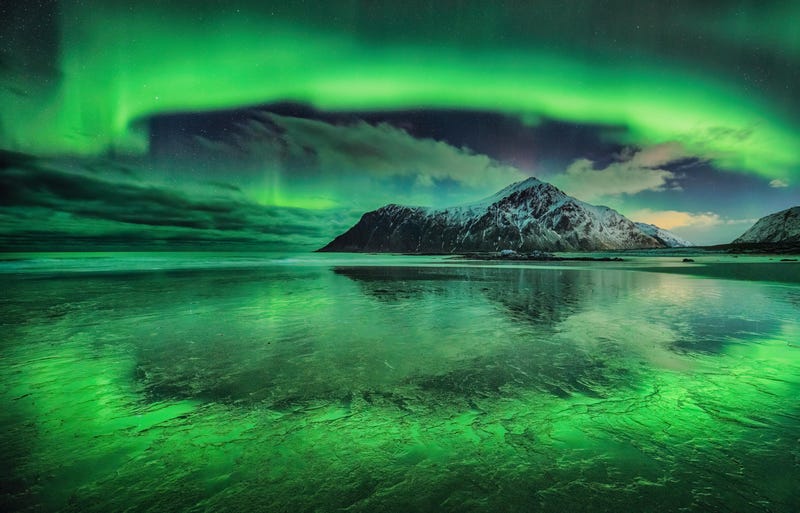
The aurora appears both above and below in this image of the phenomenon over Norway’s Lofoten Islands, reflected on the ice. This image was the runner-up in the Aurorae category.
“Brushstroke”

A wisp of neon green in the night sky looks like a brushstroke (hence the image’s title) in the winning shot for the Aurorae category.
“Black Echo”
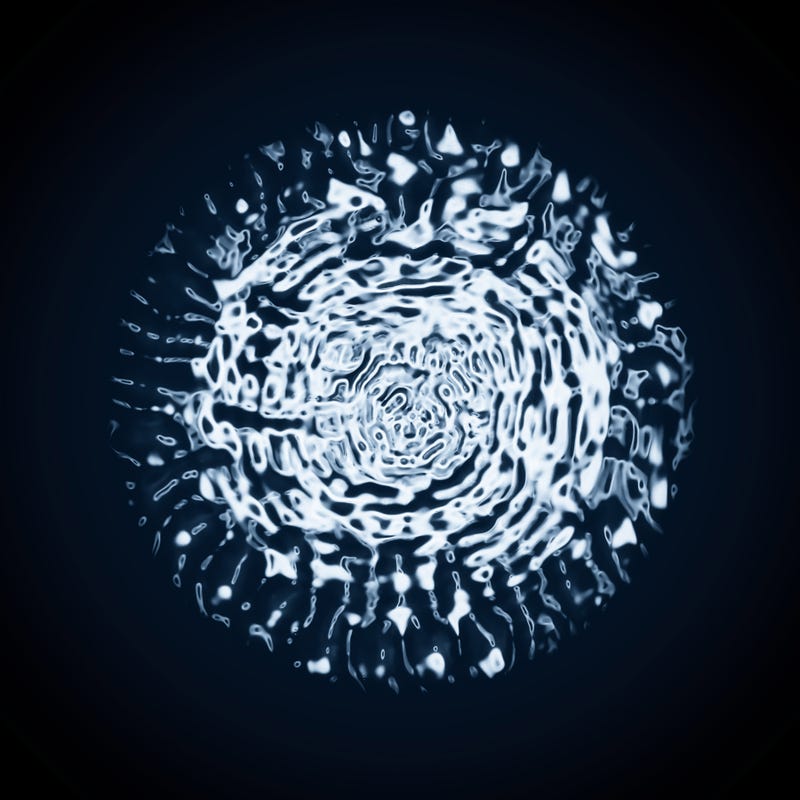
The winning image for the Annie Maunder Prize for Image Innovation is this captivating visualization of sound data from the black hole at the center of the Perseus Galaxy.
